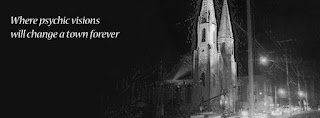Located only a couple of blocks south of the Elbe River in Dresden, surrounded by restaurants, steakhouses, and even by other landmarks such as a classic Martin Luther Statue and the Neumarkt area, the Frauenkirche of Dresden resurrected to the world in 2005. After being severely damaged during the World War II, the city of Dresden brought this Baroque-style church back to our modern era in the aforementioned year.
 |
| Frauenkirche and Surroundings |
 |
| The Main Nave |
The Frauenkirche is a sandstone church erected on a comparatively small base area. The structure is topped by four corner towers and crowned by a circular dome with a stone lantern. Seven doors lead into the main church; three of which (B, D and F) into the nave and four (A, C, E and G) via staircases in the four towers up to the galleries. George Bähr decided that none of these doors should be a special main entrance as all visitors should feel equally welcome no matter where they came from.
 |
| A Close-up of the Altar |
 |
| The Martin Luther Statue |
 |
| View from the Tower |
Normally, the Frauenkirche can be visited from Monday to Friday both in the mornings and the afternoons (between 10am and noon, and 1pm and 6pm). Visiting is also possible at the weekends. However, we strongly recommend that you inform yourself in advance about the times when the church is open through the event schedule. Times may have to be curtailed because of preparation for concerts platform building or rehearsals, or during the weekends, marriages, christenings and services are taking place.
 |
| Frauenkirche at Dusk |
Volunteer tour guides are available to answer questions. They can also tell you whether you can spontaneously join a guided tour. Audio guides can be hired for a small charge. In addition, different forms of material from tour guides for children to detailed brochures are offered for information. The Lower Church, as a place of serenity, is set aside for prayer and personal devotions. Normally, it is accessible at the times when the church is open. A small exhibition area informs also about the destruction and reconstruction of the church.
For further details about Worship, Calendar of Events and more, you can visit https://www.frauenkirche-dresden.de/
 |  |
No comments:
Post a Comment